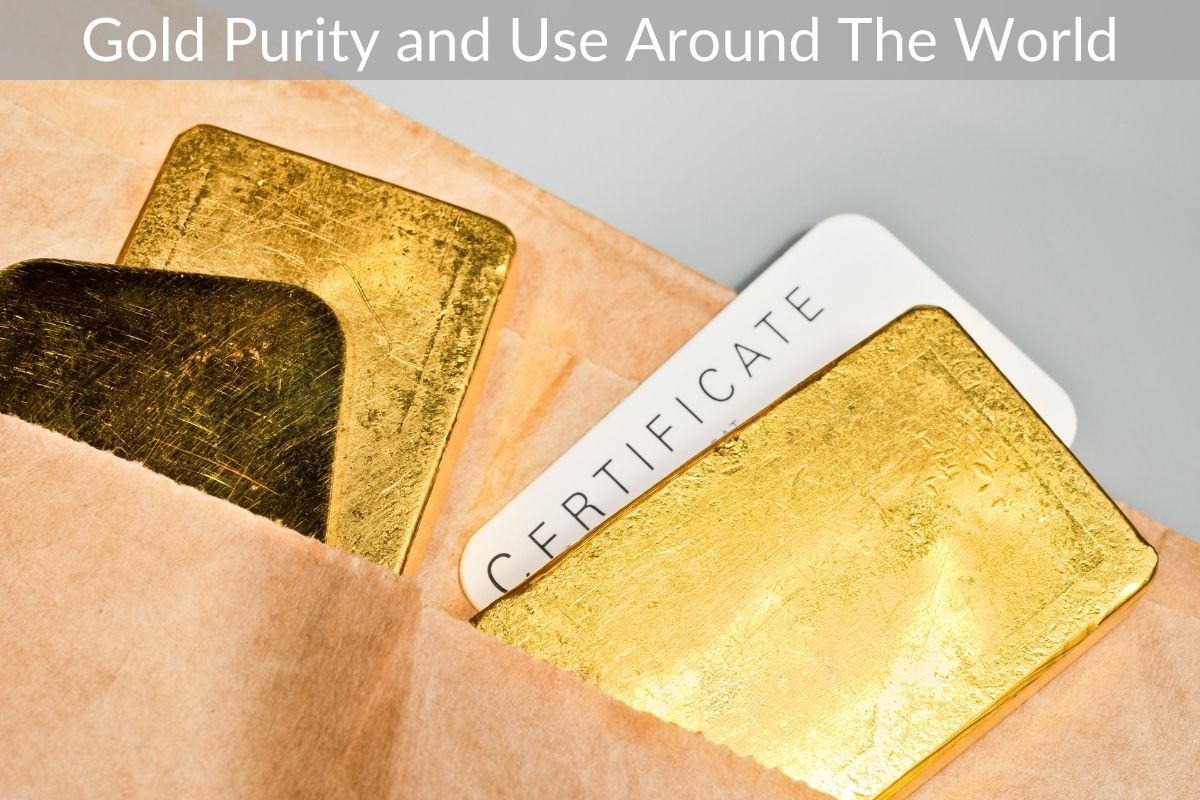Table of Contents
*This post may contain affiliate links. As an Amazon Associate we earn from qualifying purchases.
When buying a new piece of jewelry, whether it be a diamond or another precious metal like platinum and white gold; there are many things to consider before making the purchase. One thing that is important for anyone purchasing an item over $100 dollars (or more) is the country of origin. When looking at rings this can become even more complicated as there are so many different countries where these items originate from. This article will explain what the different country’s gold means.
So if I’m looking at a ring from a particular nation such as India, China or Russia then I need to know what those nations stand for in order to make a good decision about which one to buy. So lets take a look at some basic information regarding each of these three Asian countries.
Gold From India
First off we’ll start with India. The Indian government regulates the export of gold bars and coins by setting strict guidelines. All exported gold must first go through an official inspection process and all exports are recorded and logged by weight and grade. These regulations ensure no less than 92% purity and also keep track of any suspicious transactions.
It should come as no surprise that most people who buy gold from India prefer to use certified gold rather than bullion when they do their own trading. Certified Gold offers peace of mind since it has been tested and verified by the appropriate authorities.
If someone was trying to smuggle gold out of the country without reporting it stolen then a certificate would prove that fact. Another benefit to using certified gold is that once the transaction has been completed you don’t have to worry about selling it again unless you want to sell directly to an end user instead of a dealer.
Now here’s something interesting – if you’re planning on importing gold into Canada, Australia or New Zealand you may want to check with them about doing business with non-certified gold. In my experience dealers often try to get around these rules but sometimes the customs agents just aren’t paying attention.
Gold In China
China on the other hand doesn’t require any certification testing for imported goods; however, they still apply similar standards to the ones used in India. As well they only allow 20 grams of scrap per year. Since they import much more than that every year they obviously don’t waste time sending anything back.
They also seem very keen on keeping records of everything including serial numbers and weights. Again, as long as the gold hasn’t been tampered with then it shouldn’t be hard to trade it later on down the road.
Lastly, Chinese citizens tend to hold onto their gold longer than Indians. Average holding times are usually 12 months compared to 6 months in India. Also unlike in India they tend not to store it right next to their homes because of cultural reasons. Instead they typically invest in real estate or stocks.
Gold In Russia
Finally, lastly, Russian citizens seem to hoard their gold while waiting until prices drop lower. Their average holding times range between 3 years and 2 decades depending upon nationality.
Gold In South Africa
Now that we’ve covered India, China and Russia let us move on to South Africa. Unlike the previous two countries, South Africans actually produce more gold than they consume. For example, in 2020 alone they produced 90 metric tons worth approximately US$5.5 billion. However, due to high demand of gold from international markets they were unable to meet that amount. Most of their production went towards exporting it to various countries.
Although they did manage to increase supply slightly in recent years yet overall consumption remained higher than production levels throughout those same years. Despite being the biggest producer though, they don’t really have too many rules regulating their imports.
There are certain restrictions placed on foreign companies coming in to set up operations within South African borders but these are mostly related to taxes. Overall, foreigners wanting to acquire physical gold in SA simply need to bring in 100 oz bars. Once delivered these can either be stored locally or shipped elsewhere. No tests are required.
Because of their large reserves of gold, SA residents are able to swap their domestic currency for gold at several banks throughout the country. Similar to the other countries mentioned above, most buyers choose to deal in certified gold rather than unallocated gold since it provides greater security.
Gold In America
The final country we’ll cover today is America. Like the others discussed thus far American citizens face few restrictions when dealing with gold. As an added bonus the U.S. dollar is currently the world reserve currency meaning they are actively buying gold from abroad.
Americans are allowed to carry 10oz bars of pure gold or 50g rounds of 999 silver with themselves whenever traveling outside the United States provided that they declare the total weight and type of precious metals they are bringing along with them. However, for purposes of taxation, gold held by individuals is classified differently than gold owned by private businesses.
That said, you’d have to register with the IRS yourself in order to handle tax issues properly. You should speak to a licensed professional in order to find out what specific requirements exist in your state.
All of the preceding discussion applies equally well to gold purchased online as well. After all, why wouldn’t you want to pay for quality service?

